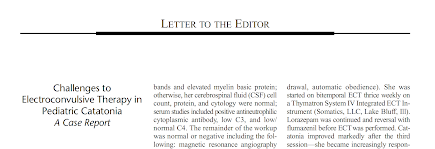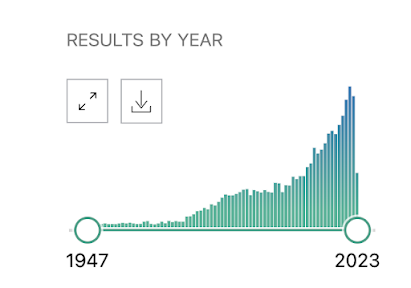ECT Response Prediction: New Study From Brazil

Out on PubMed, from researchers in Brazil, is this study: Relative impact of diagnosis and clinical stage on response to electroconvulsive therapy: a retrospective cohort. Tedeschi E, Hoffmann MS, Magalhaes PVS. Braz J Psychiatry. 2023 May 27. doi: 10.47626/1516-4446-2023-3058. Online ahead of print. PMID: 37243982 The abstract is copied below: Objective: Electroconvulsive therapy (ECT) is commonly indicated for refractory psychiatric disorders. However, response comparison across diagnoses is scantly investigated. Here, we aimed to evaluate the relative impact of diagnosis and clinical staging as response predictors in a cross-diagnostic sample. Methods: We investigate, in a retrospective cohort of adult inpatients (N=287) who underwent at least six sessions of ECT, predictors of complete response (a clinical global impression of 1) to ECT. We use adjusted regression models to estimate the impact of clinical diagnosis and staging on complete response and dominance analysis to assess






